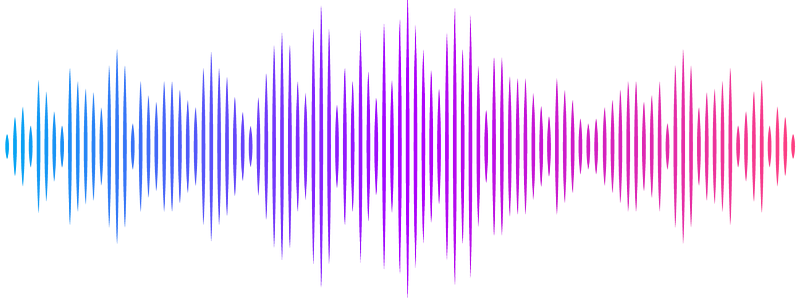Structural insight into the transcription activation mechanism of the phage Mor/C family activators

Structural insight into the transcription activation mechanism of the phage Mor/C family activators
Shi, J.; Ye, Z.; Huang, Y.; Xu, L.; Xu, S.; Xie, L.; Chen, W.; Wang, L.; Feng, Z.; Song, Q.; Wang, S.; Feng, Y.; Lin, W.
AbstractBacteriophage Mu, a temperate phage that infects E. coli K-12 and other enteric bacteria, precisely controls its replication cycle through hijacking host RNA polymerase (RNAP) by the middle operon regulator Mor and the late gene transcription activator C. Though a dimeric arrangement and significant conformational changes are proposed for the distinct Mor/C family activators, the underlying transcription activation mechanism remains unclear. In this study, we present two cryo-EM structures of the transcription activation complex (Mor-TAC and C-TAC) with phage Mu middle and late gene promoters, respectively. Remarkably, the Mor/C activators bind to promoter DNA as a centrosymmetric tetramer rather than as the proposed dimer, concurrently stabilizing by the N-terminal dimerization domains and C-termini. The C-terminal DNA binding domains and two anti-{beta}-strands simultaneously interact with two adjacent DNA major grooves. The activators also engage a variety of interactions with the conserved domains (CTD, {sigma}70R4, and {beta} FTH) of RNAP, providing evidences for a recruitment mechanism. In addition, single-molecule FRET assays show that C significantly enhances RPitc formation, suggesting a different multi-step activation mechanism for C. Collectively, these findings reveal the unique transcription activation mechanism of tetrameric Mor/C family activators, unraveling a novel mode of phage hijacking and bacterial transcription regulation.